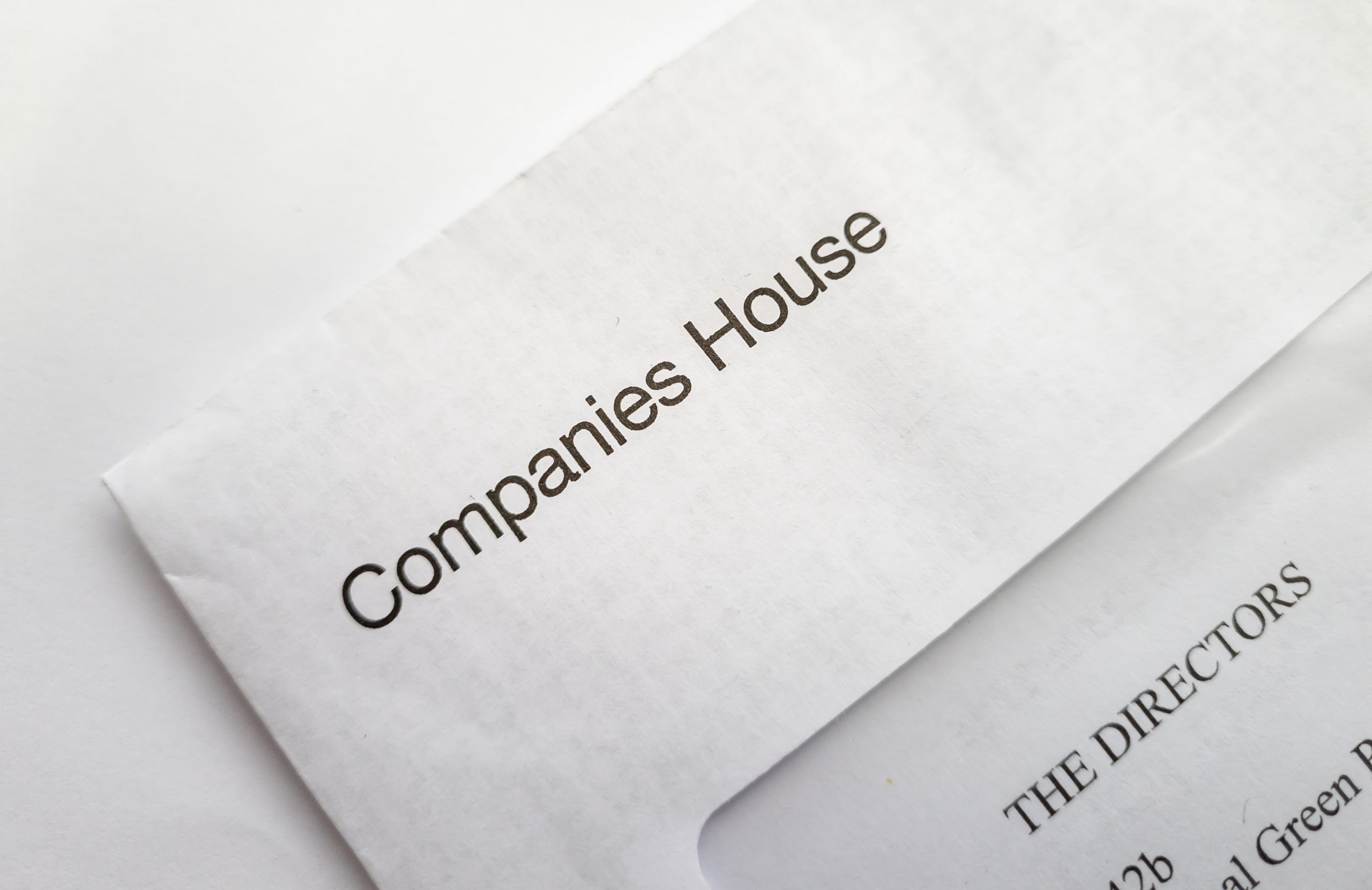Following the announcements made by the Chancellor in the recent Spring Budget, we have put together a roundup of some key planning points for small and medium sized enterprises.
The top 5 tips we will cover are as follows:
- How to Minimise the Effects of the Corporation Tax Rate Increase
- Planning Ahead for Tax Efficient Profit Extraction
- Timing of Equipment Purchases to Maximise Capital Allowances
- Potential to Claim R&D Tax Credits
- Further Electric Vehicle Incentives
Minimise the Effects of the Corporation Tax Rate Increase
We were already aware that corporation tax rates would be changing from 1 April 2023; whereby there will no longer be a single corporation tax rate for non-ring-fenced company profits.
The tax rate for company profits prior to 1st April 2023 was a flat rate of 19% irrespective of the company’s level of profits. From 1st April 2023 this will no longer be the case, and the rate at which companies pay corporation tax will depend on the level of their profits.
What has changed:
- The main rate of corporation tax will rise to 25% on 1st April 2023 for profits over £250,000.
- Although the current 19% rate will still apply to companies with profits of £50,000 or less, your company will begin to pay more tax on profits above this level.
- Any companies with profits between the margin of £50,000 and £250,000 will pay tax at the main rate, but it will be reduced by ‘marginal relief’. This will lead to a gradual increase in the effective rate of corporation tax.
- For ‘associated’ companies (not group companies), the upper and lower thresholds above will be divided by the number of associated companies.
Key planning points:
- Forecast your company’s profits for 2023/24 and try to plan large expenditure and/or update your remuneration strategy with a view to keeping taxable profits below £50,000 (see points 2 and 3 below for more details).
- Consider carrying losses in the current accounting period forward instead of carrying back or offsetting ‘sideways’, as a higher rate of relief may be available.
- Identify and eliminate ‘associated companies’ where possible, as these impact on the level at which marginal relief applies.
Whilst it is essential to be tax compliant, you should also make sure that you are availing of all applicable tax allowances and reliefs in order to minimise the amount of corporation tax payable by your company. Seeking professional advice is the best option if you need help with corporation tax. Contact us today to book in for one of our dedicated ‘Corporation Tax Consultation’ meetings with Director, William Gould – info@exchangeaccountants.com
Planning Ahead for Tax Efficient Profit Extraction
Company Directors generally make profits with a view of extracting some of the money to spend it, but how the funds are extracted will affect the company’s taxable profits. For example, salary and company pension contributions will reduce taxable profits (and in turn the amount of corporation tax payable), whereas dividends won’t.
What has changed:
- Dividends are still taxed at the low rate of 8.75% within the basic rate band (much higher rates in other tax bands), but the dividend allowance will be cut to £1,000 in 2023/24 and just £500 in 2024/25.
- From 6th April 2023, the pensions ‘annual allowance’ will increase from £40,000 to £60,000 which will allow higher regular pension contributions to be made. And remember, if you’ve any unused annual allowances from the previous three tax years, then these can also be brought forward for use in the current year.
- The pensions ‘lifetime allowance’ will also be abolished; meaning the amount that can be stashed away tax efficiently in a pension fund for your retirement will now be unlimited.
Key planning points:
- Identify how much you need to spend and when, in terms of both regular monthly income to cover your day-to-day living expenses and also any planned large purchases. This info is key when designing a successful remuneration strategy.
- From April 2023, consider taking a higher salary and lower dividend from the company, as this may prove to be more tax efficient depending on the company’s level of profits.
- Think about making employer pension contributions from the company into your pension, as this will reduce taxable profits chargeable to corporation tax and make use of your pensions annual allowance.
- Where possible, be sure to utilise your tax-free dividend allowance of £2,000 before 5th April 2023, as this is reducing from 2023/24.
The various methods to extract profits from your company and which ones are best for you can sometimes be confusing, but we are here to help. There is a lot to consider and factor in when putting together a tax efficient remuneration plan, so experienced attention is essential. Contact us today to book in for one of our Renumeration Planning Consultations with our Tax Manager, Melanie Peebles – info@exchangeaccountants.com
Timing of Equipment Purchases to Maximise Capital Allowances
We know the ‘super-deduction’ is coming to an end on 31 March 2023, however, the Chancellor has announced a policy package (called ‘Full Expensing’) at Spring Budget 2023 that goes further and ensures the UK’s capital allowances regime remains the joint most competitive in the G7 and OECD.
What has changed:
- Full expensing is an upfront tax deduction available for expenditure on new plant and machinery between 1 April 2023 and 31 March 2026.
- It will apply to spending on most plant & machinery, so companies (not sole trades or partnerships) can deduct 100% of the cost of a new qualifying asset from their profits. [Read more about the Spring Budget here.]
- A 50% first year allowance will also be available for certain ‘long-life’ assets and integral features (for which the usual writing down allowance would be at the special rate of 6%pa).
- There is no ‘cap’ on the amount of expenditure that will qualify for relief.
- Similar to the super-deduction, FE will also result in a 25p tax saving for every £1 invested for companies with profits over £250,000. Smaller companies are therefore more likely to benefit from the extension of the AIA (see below).
- A permanent extension of the £1 million annual investment allowance (‘AIA’) was also announced by the chancellor. The AIA was due to reduce to £200,000 from 31 March 2023.
- Whilst second hand machinery will not qualify for full expensing, it will still attract AIA.
Key planning points:
- Consider postponing the purchase of new equipment until after 1st April 2023, as this may provide relief at a higher effective rate of corporation tax depending on the level of profits.
- If your company’s capital expenditure has already exceeded available AIA for the year, think about purchasing new plant & machinery as opposed to second hand equipment to make sure you can avail of full expensing at 100%.
Businesses which are considering making a substantial capital investment in plant & machinery should seek advice from their accountant to ensure they avail of any tax-saving opportunities. We are here to help. Contact us today to book in a dedicated Capital Allowances Consultation with Director, William Gould – info@exchangeaccountants.com
Potential to Claim R&D Tax Credits
R&D tax credits are a tax incentive for companies to increase spending on research and development, which involves the design, development or improvement of products, processes, techniques, formulas or software.
What has changed:
- The rate of the R&D payable tax credit for loss-making companies will be cut from 14.5% to 10% from April 2023. This will hit loss-making companies that rely on these tax credits to fund their ongoing research.
- However, a new cost threshold has now been introduced in the Chancellor’s Spring Budget, that will require some careful planning to ensure it is met.
- From 1st April 2023, where an SME spends 40% or more of its total expenditure on qualifying R&D costs, the company will be considered to be ‘R&D intensive’, and the payable tax credit for such loss-making companies will remain at 14.5%.
- Additional information about an R&D claim (and who prepared it) will also need to be submitted to HMRC for all claims made on or after 1st August 2023; not just those of R&D intensive companies.
Key planning points:
- Consider if your company has, or is planning to, carry out any work that may qualify as Research & Development.
- Think about projects undertaken by your company and whether or not there could have been any advance in science or technology.
- It’s possible to submit an R&D claim up to two years after the year end to which it relates, so even if the work was done some time ago your company may still be in time to make a claim.
- Try to get any outstanding claims submitted to HMRC prior to 1st August 2023 to avoid having to adhere to the additional information requirements set out under the new rules.
R&D claims require specialist knowledge and aren’t regular work for most accountants, however, we are experts in this field and can help your company to better understand the requirements and identify if a claim is possible. Contact us today to book in a dedicated R&D Tax Credit Consultation with Director, William Gould – info@exchangeaccountants.com
Further Electric Vehicle Incentives
To accelerate the transition to electric vehicles, and encourage employers and employees to make green choices, the Government has pledged to offer tax incentives and significantly improve the EV infrastructure with more charging units being installed across Northern Ireland and the rest of the UK.
A tax exemption applies if your company provides electric car charging facilities for use by employees at, or near, the workplace. The exemption can apply to company cars, cars owned personally or a car in which they are a passenger (e.g. a car used to give an employee a lift to work), provided the charging facilities are available for use by all employees generally (i.e. not just select groups of employees such as directors or management).
What has changed:
- The 100% first year allowance for qualifying expenditure on electric vehicle charge-points has been extended by two years to 31st March 2025 for Corporation Tax purposes, and 5th April 2025 for Income Tax purposes.
- This measure is designed to continue to incentivise the investment in equipment for charging electric vehicles and aligns with the 100% first year allowances currently available on the purchase of zero-emission electric cars and zero-emission goods vehicles.
Key Planning Points
- Consider installing new electric vehicle charge-points before 31st March 2025, at or near your company’s workplace. These will be a tax-free benefit for your employees provided the above conditions are met.
- When updating company cars, think about choosing electric vehicles as those with zero-emissions will qualify for a 100% first year allowance provided the vehicle is new and unused.
If your company cars are due for upgrade/renewal and you are considering ‘going green’, we would be happy to help you formulate a tax-efficient company vehicle policy and explain the tax implications (or benefits!) of your vehicle choices. Contact us today to book in for one of our Company Vehicle Planning Consultations with our Tax Manager, Melanie Peebles – info@exchangeaccountants.com





